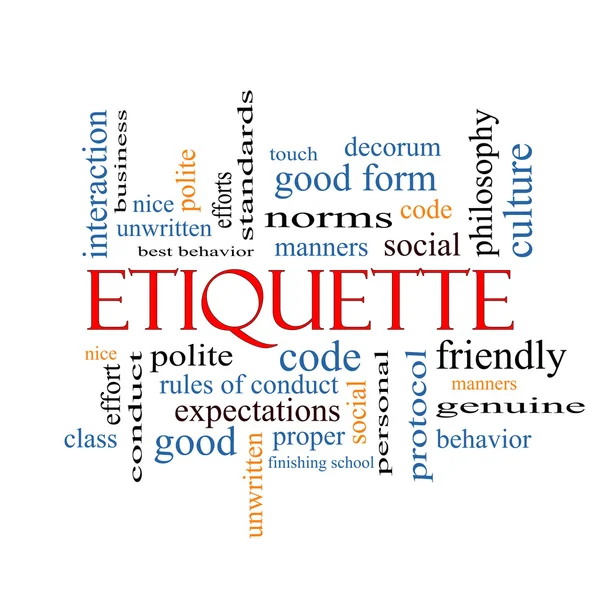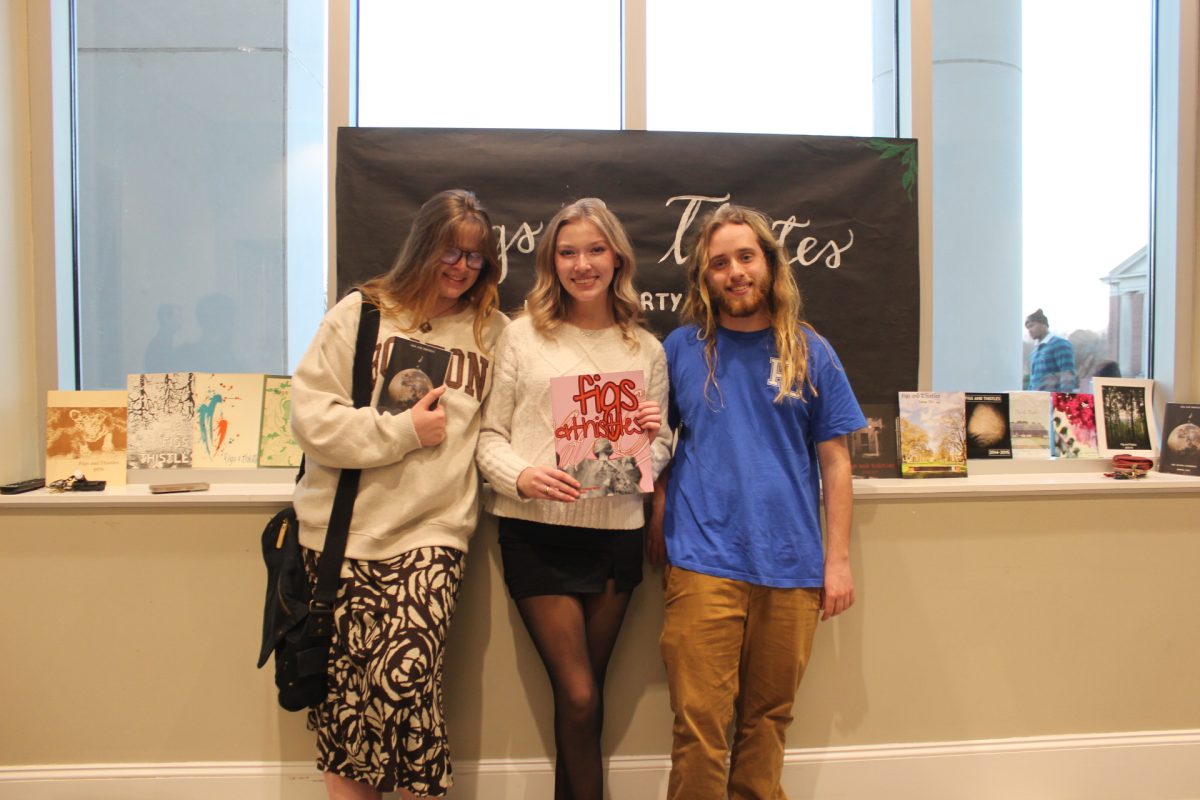Olivia Aldridge’s presentation, “The Names We Don’t Know”; was both haunting and incredibly necessary, providing a powerful and sobering look into the overlooked history of lynching victims in Austin and elsewhere. Held in Kuhne Auditorium at 5:00 PM on January 29, 2025, this presentation was the culmination of nearly a year of work, with the most intensive research taking place in the three months leading up to the event. Aldridge’s dedication to revealing these forgotten stories was obvious in the extensive research she conducted, combing through newspapers and reports from across the country and even internationally. Despite these efforts, the names of the three lynching victims from Travis County remain unknown, a devastating reality that reflects the systematic erasure of Black lives in historical records and the selective nature of historical preservation.
Aldridge emphasized the significant obstacles she faced in uncovering information. Though she combed through archives from multiple states and even foreign countries, she was met with missing records, media bias, and a near-total historical silence. This silence was not accidental; newspapers at the time often ignored or downplayed lynchings, while international publications were more likely to report them, largely due to the influence of anti-lynching activists like Ida B. Wells. Aldridge shared newspaper clippings that contained racist and demeaning statements about Wells, further stressing the resistance to acknowledging these injustices. The lack of local reporting meant that the victims’ names were never widely recorded, and because Texas did not require counties to keep death records until 1903, there was little chance of finding official documentation. It was a sobering realization that without the efforts of a few foreign journalists, we might not have any records of this incident whatsoever.
Aldridge’s presentation touched on several historical events that show the deep racial injustices of the past. One particularly striking example was the assault on John Shillady, a white NAACP official who came to Austin to establish a local branch. He was brutally attacked by a group of white men, including county judge Dave Pickle and constable Charles Hamby, forcing him to flee the city. This incident ultimately led to his resignation from the NAACP. Perhaps the most disturbing case Aldridge discussed, however, was that of a black nurse and two black men who were falsely accused of planning the murder of a white child. They were dragged to a field, tied to stakes, and executed by a white mob. This horrific event symbolizes the unjust and brutal violence inflicted upon Black individuals during this period.
The presentation also brought attention to how history is selectively remembered. Aldridge discussed the Austin American-Statesman’s refusal to acknowledge the lynching, even including a statement where Texas Governor Jim Hogg outright denied it had ever happened. The newspaper not only failed to report on the crime but later ridiculed British activists for expressing discontent over racial violence in the U.S. This deliberate erasure shows how history is shaped not just by what is recorded but by what is left out. The silence surrounding the 1894 lynching serves as a direct indication of how racial violence has been minimized, dismissed, and, in some cases, outright denied.
Aldridge also addressed modern-day reactions to this history. She spoke about the placement of a plaque commemorating these events outside Wesley United Methodist Church in East Austin, which faced opposition from city officials. Yet, when the plaque was finally unveiled, those same officials made sure to be present for a photo opportunity. This hypocrisy was infuriating but not surprising. It was a reminder that acknowledging history is often more about appearances than actually accounting for it. Still, as the church’s pastor, Rev. Sylvester Chase Jr., noted, people do stop to read the marker. Whether or not they come to worship, they are forced to confront a piece of history that many would prefer to ignore.
One of the most powerful moments in Aldridge’s presentation was her discussion of the National Memorial for Peace and Justice in Montgomery, Alabama. She described feeling as though she would be crushed under the massive steel columns bearing the names of lynching victims, a sensation that led her to consider whether this was intentional—to evoke the weight of the terror these victims experienced. This resonated deeply with me. Without ever having visited the memorial myself, I was left to speculate what it would feel like to stand beneath those columns and to personally experience the weight of history in such a visceral way.
Aldridge concluded by looking back on the reception of her presentation at the ATXPlained Live event in Austin. Despite the heavy subject matter, the response was largely positive. While many attendees were shaken, few reacted with hostility. Given the nature of the topic, it is not surprising that this presentation stood out as the most intense among the event’s offerings.
This presentation left me with a deep sense of unease but also an awareness of the need for accountability. If history is shaped by what is remembered and what is erased, then we must be intentional in pushing back against that erasure. The work Aldridge has done is so incredibly important, but it is also just one piece of a much larger effort to reclaim the stories that have been buried. It is not enough to acknowledge the past—we must actively seek to understand and confront it, even when it makes us uncomfortable. Especially then.
Categories:
The Names We Don’t Know: Understanding the Forgotten History of Lynching in Austin, Texas
0
More to Discover







